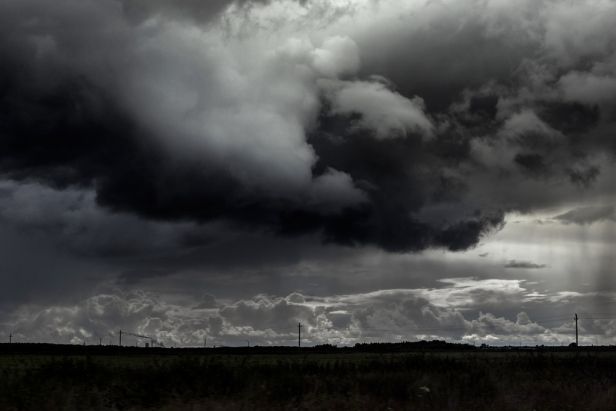
April is the beginning of severe weather in many parts of the United States, and floods, hurricanes, storms, tornadoes and wildfires are threats to take seriously and prepare for. But not all disasters have to be record-breaking or historic to be catastrophic to your family.
What about an accidental house fire that destroys your home and all of your belongings? Or a sump pump failure that damages your home's electrical, water heater and furnace, leaving feet of contaminated water in your basement?
|Plan now
“Even if you have insurance coverage after a disaster, you may wait weeks before you receive a claims payment,” said James K. Joseph, regional administrator for FEMA Region V in Chicago. “Planning now for what you'll do after an emergency will make recovery that much easier. Your plan should include options for temporary housing if you can't immediately return home, and having cash at the ready to pay for essentials such as food, water, clothing and toiletries if they need to be replaced.”
While you can't always predict when or what type of a disaster will occur, you can be ready for one. Here are a few steps to start:
|1. Have cash on-hand.
Set aside enough cash to get you and your family through multiple days after an emergency. Consider what the costs would be to temporarily house, clothe and feed your family for up to a week. This is especially important if ATMs, banks and credit card machines aren't functional due to an extended power outage. Include smaller bills as well, in case stores aren't capable of making change. If putting aside that much money isn't an immediate option, consider saving in smaller increments to eventually save the amount you may need.
|2. Have copies of important personal and family information.
If you lost everything in a disaster, what will you use to prove your identity to get credit cards reissued, file insurance claims, or request disaster assistance? Have extra originals or copies of passports, driver's licenses, birth and marriage certificates, adoption decrees, Social Security cards and military records stored in a safe, easily accessible location to avoid any issues.
|3. Obtain property insurance.
Of the estimated $55 billion annual natural catastrophe losses in the U.S., more than half aren't insured, according to the Federal Emergency Management Association (FEMA). Talk to your insurance agent about the coverage your home may need. Review existing policies and ensure the amount and extent are adequate to cover losses from any possible hazard.
Recommended For You
Want to continue reading?
Become a Free PropertyCasualty360 Digital Reader
Your access to unlimited PropertyCasualty360 content isn’t changing.
Once you are an ALM digital member, you’ll receive:
- Breaking insurance news and analysis, on-site and via our newsletters and custom alerts
- Weekly Insurance Speak podcast featuring exclusive interviews with industry leaders
- Educational webcasts, white papers, and ebooks from industry thought leaders
- Critical converage of the employee benefits and financial advisory markets on our other ALM sites, BenefitsPRO and ThinkAdvisor
Already have an account? Sign In Now
© Touchpoint Markets, All Rights Reserved. Request academic re-use from www.copyright.com. All other uses, submit a request to [email protected]. For more inforrmation visit Asset & Logo Licensing.








